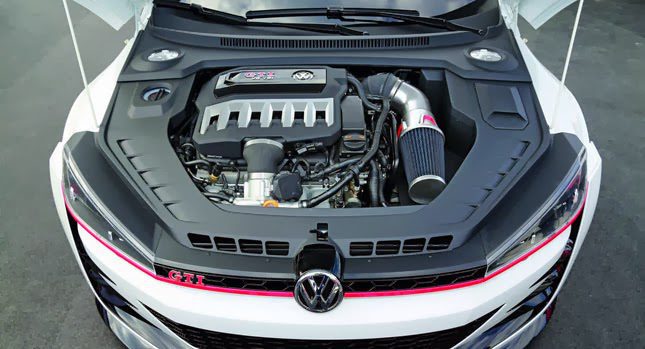Exactly how to Choose the Right Opel Corsa Engine for Your Car
Exploring the Inner Operation of a Compact Vehicle's Engine System
As vehicle drivers, we frequently take for provided the elaborate procedures that occur within the boundaries of our lorry's engine system. In this exploration of a small vehicle's engine system, we will untangle the inner workings of this mechanical symphony, losing light on the mysteries that drive us ahead on our day-to-day trips.
Combustion Process Introduction
The burning procedure in a compact car's engine system is an important device that efficiently converts gas into power to power the vehicle. This process occurs within the combustion chamber of the engine, where fuel and air mix, spark, and produce controlled surges. The burning process includes 4 major stages: intake, compression, exhaust, and power.
During the consumption phase, the piston relocates downward, reeling in a combination of air and fuel right into the burning chamber. The next stage, compression, entails the piston relocating upwards, compressing the air-fuel combination to enhance its effectiveness. Consequently, in the power phase, the ignition system stirs up the compressed mixture, leading to a fast development of gases that compels the piston pull back. This downward activity generates the power needed to drive the car. In the exhaust stage, the burnt gases are eliminated from the burning chamber through the exhaust shutoff, preparing the chamber for the next cycle. This cyclic burning process is essential to the procedure of a portable vehicle's engine system, making certain efficient power conversion for propulsion.
Piston and Cylinder Interaction

The piston's specific fit within the cyndrical tube is necessary for keeping ideal compression and stopping power loss during combustion. Limited clearances between the piston and cyndrical tube wall surfaces make sure efficient securing, permitting the piston to move smoothly without allowing gases to leak past. Proper lubrication is also vital to reduce rubbing and put on in between these components, improving long life and efficiency.
Moreover, the style and materials made use of in producing the piston and cylinder impact engine effectiveness and durability. Modern engines typically utilize lightweight yet durable materials like light weight aluminum alloys for pistons and cylinder liners to reduce inertia and enhance thermal effectiveness. On the whole, the unified interaction between the piston and cyndrical tube is basic to the engine's capability and general performance.
Gas Shot System Performance
Fuel shot systems in small vehicle engines play a critical function in exactly providing gas to the combustion chamber for controlled and effective ignition. The gas injection system operates by infusing gas into the burning chamber at the ideal minute during the engine's operation (opel corsa engine). This precise timing makes sure that the fuel blends evenly with the air for correct burning, bring about improved fuel efficiency and minimized emissions
There are primarily two kinds of gas shot systems utilized in compact automobile engines: port gas shot (PFI) and direct gas injection (DFI) PFI systems infuse fuel right into the consumption port before the consumption valve, while DFI systems infuse gas directly into the burning chamber. Both systems have their advantages, with DFI supplying much better gas atomization and PFI providing a much more cost-effective option.
Understanding Engine Cooling Devices
Effective operation of a small vehicle's engine counts heavily on the effectiveness of its cooling devices. The cooling system in a portable automobile commonly is composed of a number of components working with each other to control the engine temperature. Recognizing these engine cooling mechanisms is essential for maintaining the performance and durability of a small car's engine system.

Exhaust System Parts Explained
The optimal functioning of a compact vehicle's engine cooling devices depends upon a complementary system known as the exhaust system, which comprises various crucial elements for making certain reliable discharges and engine performance. The exhaust system includes parts such as the exhaust manifold, catalytic converter, muffler, and tailpipe. The exhaust manifold accumulates exhaust gases from the engine's routes and cylinders them to the catalytic converter. The catalytic converter then transforms harmful pollutants in the exhaust right into much less hazardous exhausts prior to releasing them with the muffler and tailpipe.
One critical component of the exhaust system is the oxygen sensor, which monitors the oxygen degrees in the exhaust gases to help control gas intake and guarantee optimum engine performance. opel corsa engine. In addition, the resonator might be present in some exhaust systems to reduce noise levels. In general, the exhaust system plays an important duty in keeping engine performance, decreasing dangerous discharges, and ensuring a quieter driving experience for compact vehicle owners

Verdict
Finally, the portable lorry's engine system is a complicated combination of elements that function with each other to promote the burning procedure, convert fuel into power, and remove waste see this website gases. Comprehending the internal operations of the engine system, including the piston and cyndrical tube communication, fuel shot system, engine air conditioning devices, and exhaust system parts, is vital for preserving optimal performance and performance her latest blog of the car.
The burning process in a compact car's engine system is an important device that successfully converts gas right into energy to power the automobile.Gas shot systems in portable automobile engines play an important duty in precisely delivering gas to the combustion chamber for regulated and effective ignition.There are mostly 2 kinds of fuel shot systems utilized in small automobile engines: port fuel shot (PFI) and straight fuel shot (DFI) Understanding these engine air conditioning try this out devices is important for preserving the efficiency and durability of a compact lorry's engine system.
The ideal functioning of a portable vehicle's engine air conditioning devices depends on a complementary system recognized as the exhaust system, which makes up numerous necessary parts for making certain efficient emissions and engine performance.